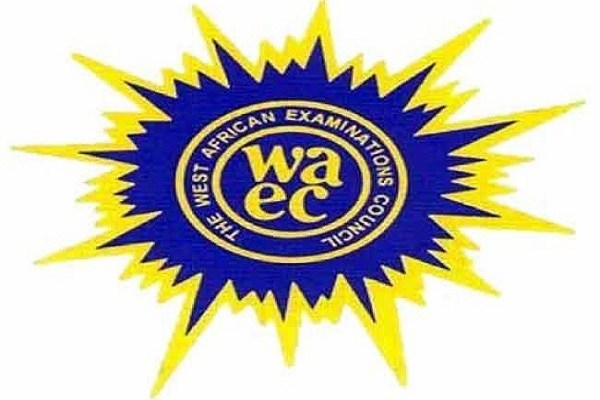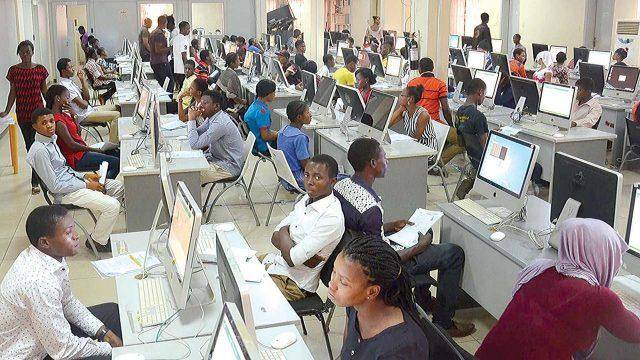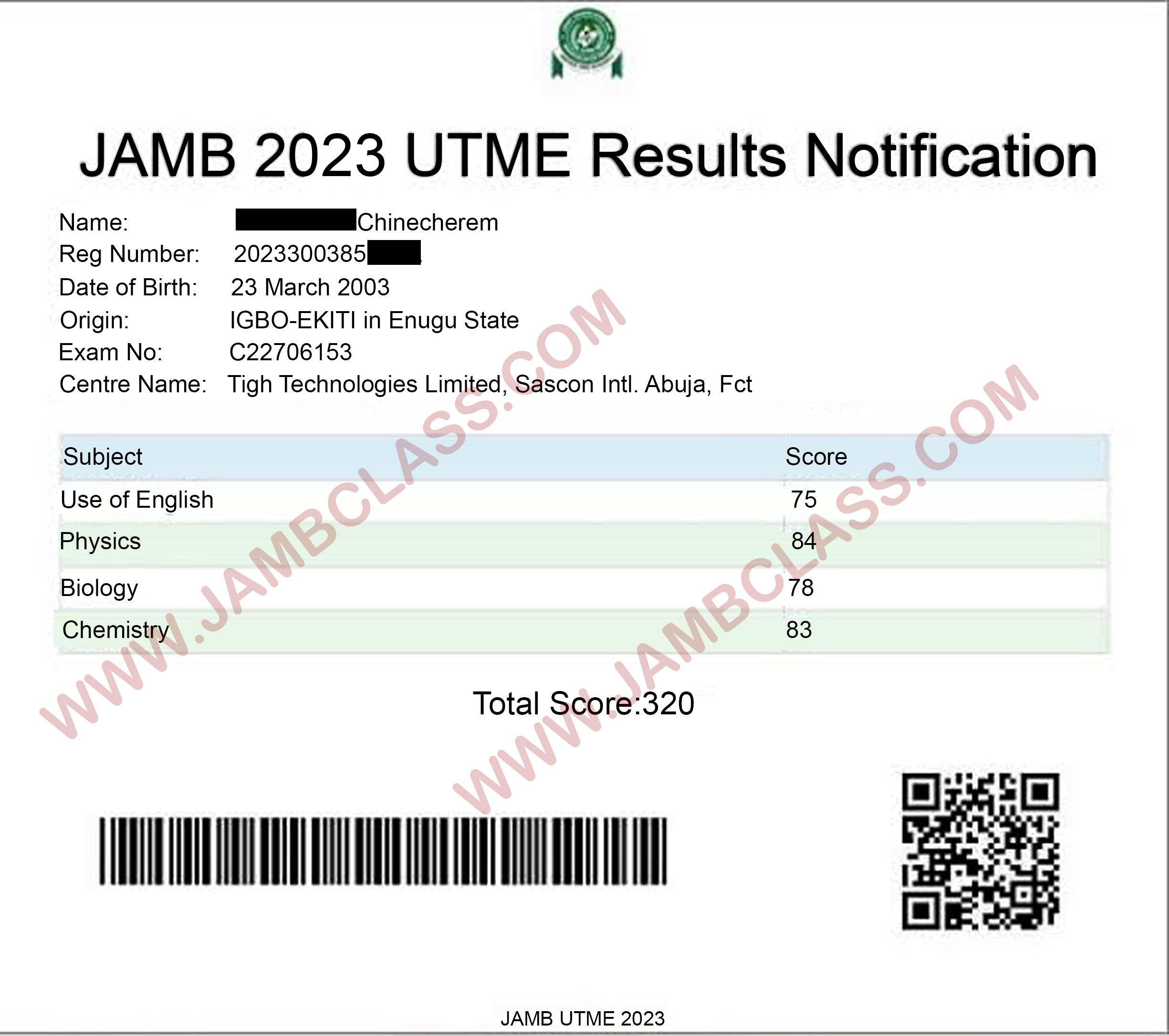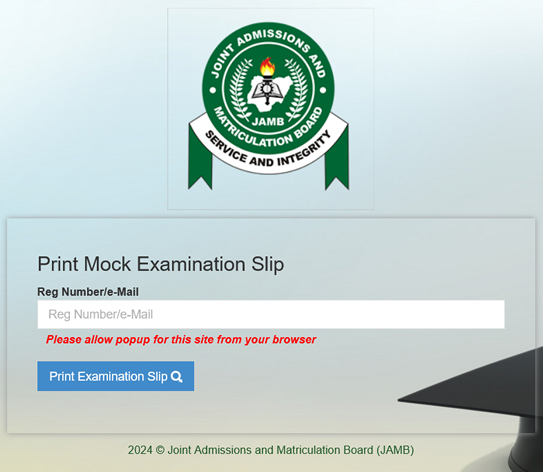Waec

Computer-Obj
1DBCACBBDBA
11ADBDDBBDAA
21DCCADBDBBD
31ADABACDBDB
41BCCBACCDCB
2024-WAEC-COMPUTER-SCIENCE-ANSWERS
Another Bonuses!!!!
(5a)
(TABULAR FORM)
(PICK ANY TWO)
-COMPUTER-
(i) A computer is a physical device that can execute instructions and perform various tasks
(ii) computer consists of hardware components such as processors, memory, and storage devices
(iii) A computer can execute a wide range of programs and applications
(iv) A computer can directly execute machine-level instructions
-INTERPRETER-
(i) interpreter is a software program that translates and executes high-level programming language instructions.
(ii) interpreter is a software component that runs on a computer.
(iii) interpreter is specifically designed to execute programs written in a particular programming language.
(iv) An interpreter must translate the high-level programming language instructions into machine-level instructions before they can be executed.
(5bi)
(PICK ANY ONE)
(i) Easier to read and understand, making the code more maintainable and less error-prone.
(ii) Abstraction from low-level hardware details, allowing the programmer to focus on the problem-solving logic.
(iii) Portability, as high-level language code can be executed on different computer architectures with the help of compilers or interpreters.
(5bii)
(PICK ANY ONE)
(i) Closer to the hardware, allowing for more control and optimization of system resources.
(ii) Faster execution time, as low-level instructions are directly executed by the computer’s processor.
(iii) Better understanding of the underlying computer architecture and how it operates.
(5c)
(PICK ANY TWO)
(i) Efficiency: The program should be designed to use system resources (CPU, memory, storage) effectively and minimize computational overhead.
(ii) Reliability: The program should be able to handle unexpected inputs or errors gracefully, without crashing or producing incorrect results.
(iii) Maintainability: The program’s code should be organized, well-documented, and easy to understand and modify by other programmers.
(iv) Modularity: The program should be divided into smaller, reusable components or modules that can be easily tested and integrated.
Bonuses;!!
(4ai)
A logic truth table shows all possible combinations of inputs and their corresponding outputs, illustrating the logical relationships between them.
(4aii)
(i) AND gate
(ii) OR gate
(4aiii)
| X | Y | Z = X AND Y | Z = X OR Y|
|—–|—–|————-|———–|
| 0 | 0 | 0 | 0 |
| 0 | 1 | 0 | 1 |
| 1 | 0 | 0 | 1 |
| 1 | 1 | 1 | 1 |
(4b)
A comparator as a logic device is used to compare two binary inputs to determine their relationship. It can check whether the inputs are equal, or if one is greater than or less than the other, depending on the complexity of the comparator. Simple comparators might just indicate equality or inequality, while more complex ones can provide specific outputs indicating which input is greater or smaller. Comparators are fundamental in digital circuits for sorting, decision-making, and numerical operations.
(1a)
(i) Sign in: Sign in is the process of logging into a system or service using a username and password or other credentials to access personalized content or features. By signing in, users can access their accounts, settings, preferences, and other information that is specific to them.
(ii) Search engine: A search engine is a web-based tool or software program that allows users to search for information on the internet. Users can enter keywords or queries into the search engine, which then retrieves relevant results from its index of websites and web pages.
(1bi)
(i) Figure 1: Random File Access Method
(ii) Figure 2: Sequential File Access Method
(1bii)
(i) FIGURE 1:
ADVANTAGES:
(PICK ONE ONLY)
(i) Fast access to any record
(ii) Direct access to data
(iii) Efficient for reading and writing large amounts of data
(iv) Suitable for large databases
(v) Support for random access and sequential access operations
DISADVANTAGES:
(PICK ONE ONLY)
(i) Inefficient for large data sets
(ii) Prone to data corruption
(iii) Limited portability between systems
(iv) Difficulty in managing complex data structures
(v) Limited built-in search capabilities
(ii) FIGURE 2
ADVANTAGES:
(PICK ONE ONLY)
(i) Simple to implement
(ii) Cost-effective
(iii) Suitable for large amounts of data
(iv) Easy to maintain
(v) Can be read sequentially
DISADVANTAGES:
(PICK ONE ONLY)
(i) Slow access speed
(ii) Inefficient for frequent random access
(iii) Limited concurrent access
(iv) Difficulty in updating and inserting data
(v) Susceptible to data corruption
(2ai)
(i)Data cable is a type of cable used to transfer data between devices, such as computers, smartphones, printers, and other peripherals.
(2aii)
(i)USB (Universal Serial Bus) cable
(ii)HDMI (High-Definition Multimedia Interface) cable
(2aiii)
Bus speed affects data transfer within a computer system. A faster bus speed means data moves quickly between components, enhancing overall system performance, while a slower bus speed leads to delays and reduced performance.
(2bi)
Register: Register refers to a small, high-speed storage area within the CPU (Central Processing Unit) of a computer. registers play a crucial role in storing and manipulating data.
(2bii)
Address: Address refers to a unique identifier assigned to a specific memory location within a computer’s memory hierarchy.
(3ai)
A file in computer terms refers to a collection of data or information that is stored under a specific name on a storage device.
(3aii)
A record is a collection of related fields that are usually treated as a single unit of information. In the context of databases, a record represents a single entry that contains multiple pieces of information about one entity.
(3aiii)
A field is a single piece of information; it is a basic element of data storage that has a specific meaning and context. Fields are used to construct records, where each field in a record typically holds one piece of information relevant to the record.
(3bi)
(i)The student’s ID number
(ii)Date of birth
(iii)Emergency contact information.
(3bii)
To edit a field in a student’s record, one would generally need to open the database application and navigate to the record in question. Next, they would locate the specific field that requires editing and enter the new information. After making the necessary changes, they would save the updated record to ensure that the edits are retained.
(3biii)
(i)Microsoft Access
(ii)MySQL.
RECOMMENDED TOPICS
- How To Check Your 2024 Jamb Utme Result

- SOME RESULTS OF JAMBITES THAT SCORED LOW IN JAMB 2023 BUT LATER GOT HIGHER JAMB GRADE THROUGH THE USE OF OUR JAMB ADDITON OF MARK

- JAMB 2024 exam slips are ready – See guides on how to print yours

- Check if you can print your JAMB utme reprinting slip now

- JAMB have extend 2024 Direct Entry registration by two weeks


